On Tuesday, the Royal Swedish Academy of Sciences recognised three scientists’ work on cosmology with the 2019 Nobel Prize for Physics. The prize will be shared between James Peebles, who studied the origins of the universe, and Michel Mayor and Didier Queloz, who together first discovered a planet beyond our solar system. A look at how their work has changed our understanding of the cosmos
LAYING THE FOUNDATION FOR THE FIELD OF COSMOLOGY
James Peebles’ work on the theoretical framework of the universe, which he has been developing since the 1960s, has laid the foundation for the field of cosmology.
Peebles used his theoretical tools and calculations to trace the early history of the universe following the Big Bang almost 14 billion years ago.
After the Big Bang, radiation began traveling through the universe. Peebles studied this ancient radiation and found that the temperature of the radiation could tell us how much matter was created in the Big Bang and how matter clumped together to form galaxies.
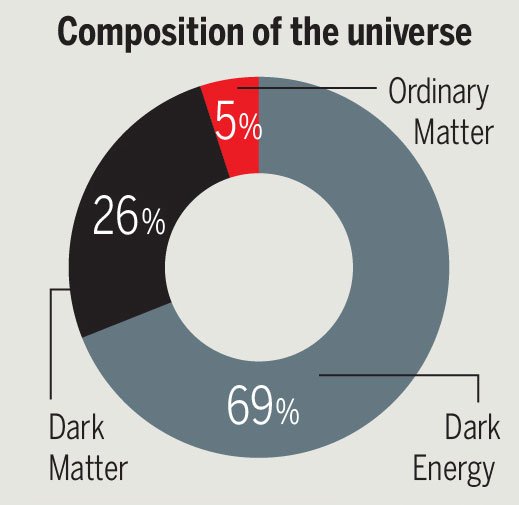
Peeb les work helped show that just 5% of the universe’s contents are known;
the rest is mysterious dark matter and dark energy. His research will serve as the
basis of future discoveries in dark matter and dark energy, and their impact on the universe.
DISCOVERING A PLANET BEYOND THE SOLAR SYSTEM
- In 1995, Michel Mayor and Didier Queloz were the first to discover a planet orbiting a solar-type star, much like our Sun.
- The exoplanet, called 51 Pegasi b,orbits around its star 51 Pegasi, which is 50 light years away from the Earth and almost as big as Jupiter, the solar system’s largest planet.
- 51 Pegasi b has a four-day long orbit and is just 8 million km from its star, meaning it heats up to more than 1,000°C. Astronomers were surprised that such a large planet was found so close to its star.
- 51 Pegasi b’s unusual characteristics showed that astronomers were looking for exoplanets in the wrong place.
- Mayor and Queloz’s discovery revolutionised planet hunting and led to a wave of discoveries in places that astronomers hadn’t considered exploring —astronomers now know of more than 4,000 exoplanets.
- Now, more than 200,000 stars nearest to Earth are being scanned to find more exoplanets.
HOW THEY FOUND THE PLANET
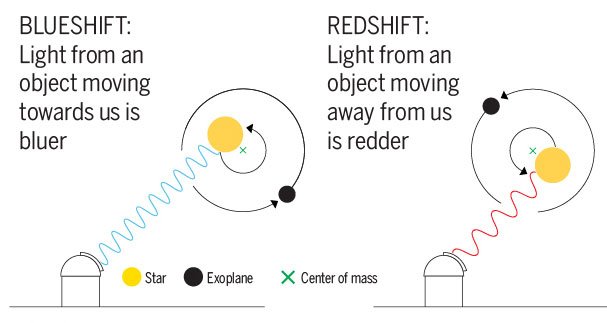
- Mayor and Queloz used radial velocity method to find the exoplanet.
- The method measures the movement of the star from it centre of mass as a result of the gravity exerted by its planet. The speed of this back-and-forth wobble is measured using the Doppler effect, according to which light rays from an object moving towards us are bluer and, if the object is moving away from us, the rays are redder. This method tells us about the orbit of the planet and its mass.
Who are the winners?
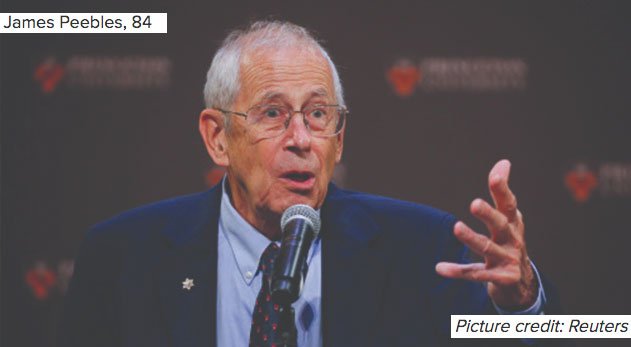
James Peebles, 84
Peebles is a Canadian-American physicist and the Albert Einstein professor of science at Princeton University in the US. He will win half the total 9 million Swedish kronor prize for his contributions to the field.
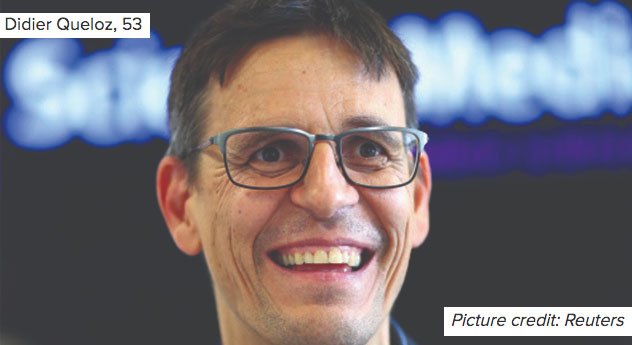
Didier Queloz, 53
Queloz is a Swiss astronomer and professor of physics at Cambridge University and the University of Geneva. He will win a quarter of the 9 million Swedish kronor prize.
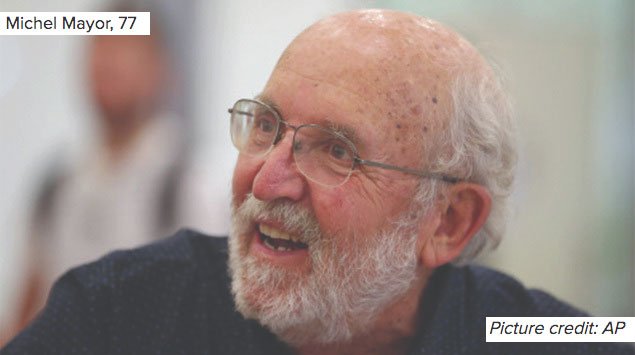
Michel Mayor, 77
Mayor is a Swiss astrophysicist and professor emeritus at the University of Geneva. He will also get a quarter of the 9 million kronor prize.
Source: NobelPrize.org, Royal Swedish Academy of Sciences, media reports
Times of india | Written by TNN




